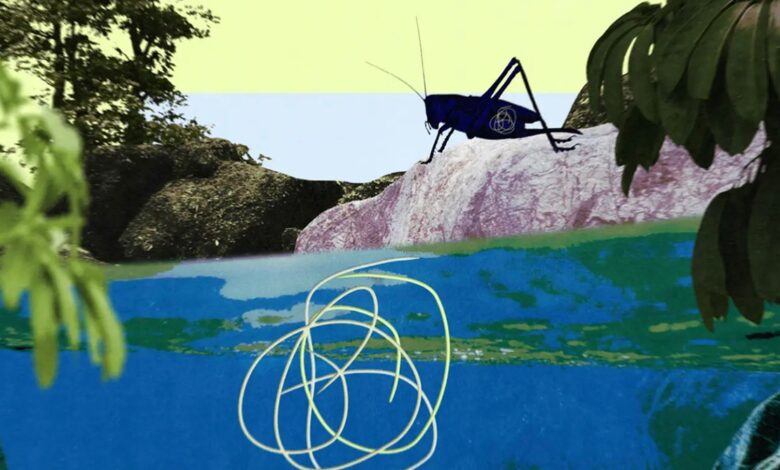To protect parasitic worms

Caption: Chelsea Wood kneels to look for shore crabs at a beach in Tacoma, Washington. She will then dissect the crab to find parasites.
CREDIT: Jesse Nichols/Grist
Wood explains that the parasites are a sign that local shorebirds are doing very well.
As scientists learn more about parasites, some argue that many ecosystems may actually need them to thrive. “The parasite is the ruler,” she said. “So if the parasite is there, you know that the rest of the hosts are there too. And by doing so, they signal the health of the ecosystem.”
To understand this counterintuitive idea, it is helpful to look at another type of animal that humans once hated: carnivores.
For many years, many communities often viewed predators as vermin. Hunters are encouraged to kill wolves, bears, coyotes and cougars to protect themselves and their property. But eventually, people started to notice some major consequences. And nowhere is this phenomenon more evident than in Yellowstone National Park.
In the 1920s, Gray wolves have been systematically exterminated from Yellowstone. But after the wolves were removed from the park, the elk population began to increase uncontrollably. Eventually, livestock overgrazed near rivers and streams, driving out animals, including native beavers. Without beavers to build dams, ponds and lakes disappeared and the water table dropped. Before long, the whole scene changed.
In the 1990s, Yellowstone changed its policy and reintroduced gray wolves to the park. “When those wolves came back, it was like a green wave over Yellowstone,” Wood said. This story has become one of the famous fables of ecology: Predators are not just killers. They are really holding the entire ecosystem together.
“I think there are a lot of similarities between predator ecology and parasite ecology,” Wood said.
Like the gray wolves of Yellowstone, scientists are just beginning to recognize the profound ways that ecosystems are shaped by parasites.
Take, for example, the relationship between nematodes, a type of parasitic worm, and creek water quality. Worms are born in water but live on land inside insects, such as crickets or spiders.
Courtesy of Grist
Caption: A nematode swims in a glass cup in Chelsea Wood’s Seattle office.
At the end of their lives, nematodes need to move back to the water to mate. Instead of making the dangerous journey themselves, they trick the infected host into giving them a ride by creating an “aquatic drive,” an impulse that causes the insect host to submerge itself in water. The insect will move to the water’s edge, consider for a moment, then jump in—suicidal but beneficial to the parasite.




